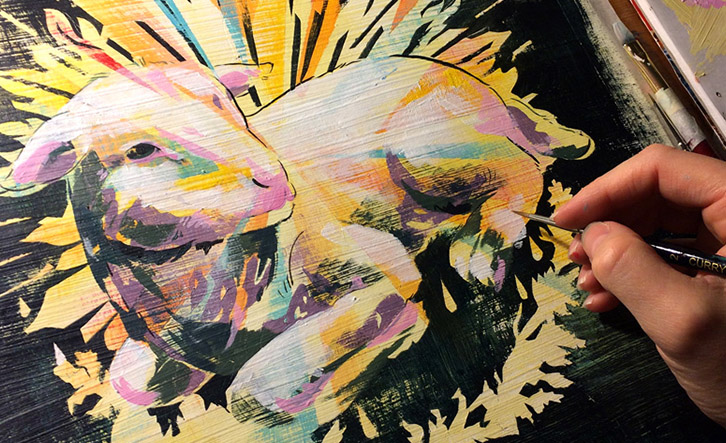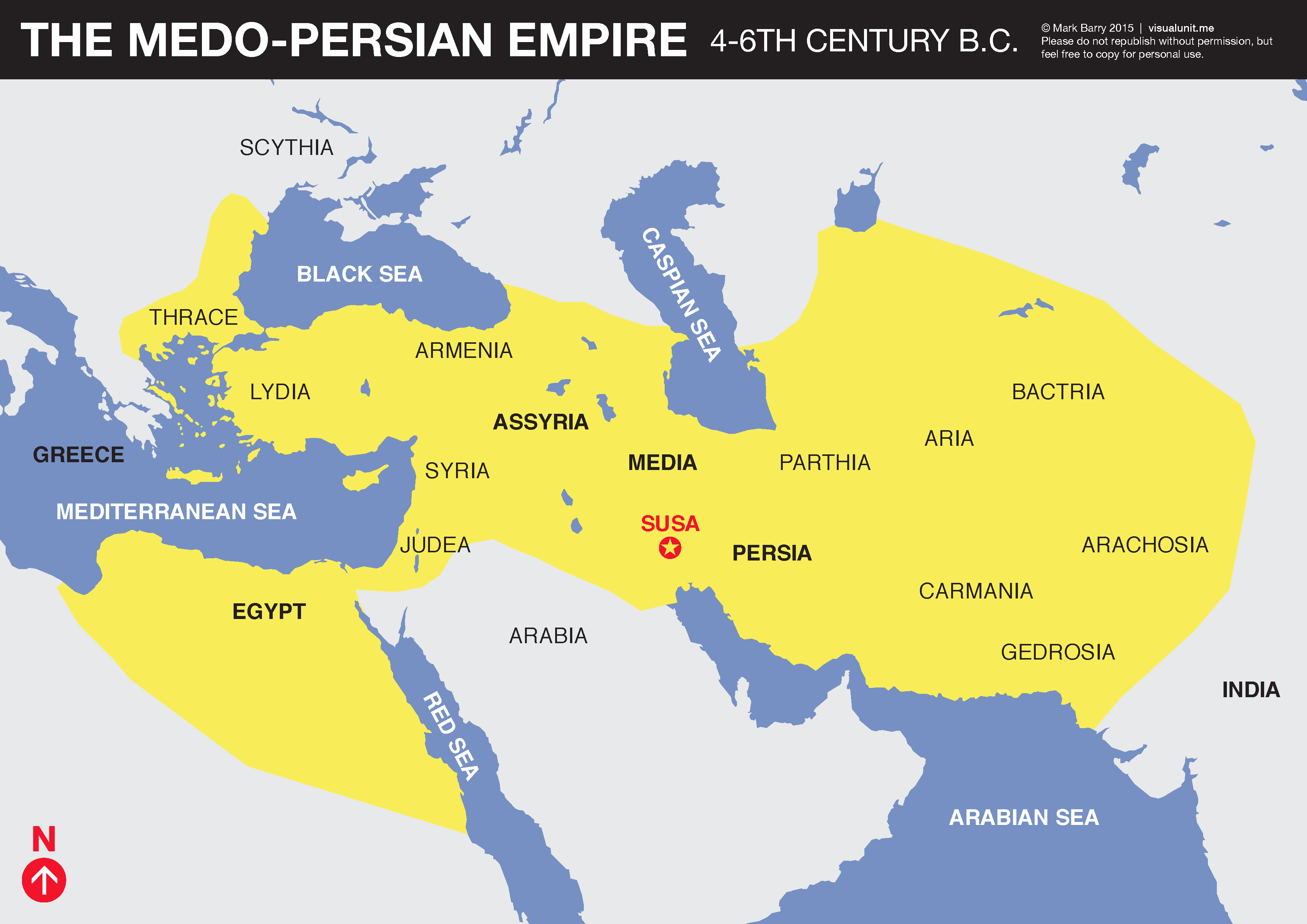In Like a Lamb
Passover Lamb Series: Introduction

March is a turbulent month. That’s why “March Madness” sounds about right, even for those who don’t know anything about college basketball.
How did March get this reputation? I’m going to blame the weather. As the saying goes, March comes in like a lamb, and goes out like a lion (or vice-versa.) Think back to March 1. Was the weather lion-like, or lamb-like? I don’t even remember. Since I don’t know how it came in, I guess I’ll be surprised by how it goes out.
But there’s once thing that will not catch me by surprise at the end of March: Passover. Also: Holy Week.
Two Calendars Converge
This year, those of us who recognize both will get a special treat. Because the Jewish calendar and Church (or liturgical) calendar line up almost perfectly. Take a look below. (Church holidays are in green, Jewish holidays are in blue)
Thursday, March 29: Maundy Thursday (commemorating the Last Supper, Yeshua‘s famous Passover meal)
Friday, March 30: Good Friday (Yeshua’s Crucifixion)
Friday, March 30, Sunset: Passover begins
Saturday, March 31, Sunset: First Fruits begins
Sunday, April 1: Easter Sunday (Resurrection Sunday)
In the past, these happy alignments have created opportunities for me to talk about Passover to other Gentile believers. People are often astonished to learn what kind of depth lies beneath the Church’s celebration of Holy Week (which starts with Palm Sunday, and ends with Easter.) Imagine you’re rowing on a pond, but then you discover it’s actually the Mariana Trench. Wouldn’t you want to know that?
It’s a tragedy how much of the richness of Passover is lost in the Church’s celebration of Holy Week. Fortunately though, some key symbols are retained, as we’ll explore below (and in the coming weeks).
Symbols in Common
The Cup. Of the Four Cups of wine drank at every Passover Seder, it’s the Third Cup that lives on in Christian worship. This is the cup (dubbed the Cup of Redemption) that Jesus passed around at the Last Supper, saying “This is my blood of the covenant, which is poured out for many for the forgiveness of sins.” (Matthew 26:28)
The Bread. Regardless of your opinion of those flat little wafers some churches use for communion, they’re actually not that far from Yeshua‘s reality. When he “broke” the bread at the Last Supper, he didn’t tear it like you would a big fluffy loaf. He actually broke it, with a snap. That’s because Passover is a time when yeast is forbidden, so all the bread is flat and hard like a cracker. Since yeast is a symbol of sin, this makes for a perfect image of the body of Yeshua, who died without sin. “This is my body given for you; do this in remembrance of me.” (Luke 22:19)
The Lamb. Here we come to the focus of our Passover article series. The image of the Lamb is a Master Symbol, appearing early in Scripture and weaving all throughout God’s Master Story of Redemption, till the very end. For the purposes of Passover, the Lamb is the antidote to the tenth and final plague brought against the Egyptians: the death of the firstborn. And of course the Church has adopted this symbol with gusto, employing it in liturgy, worship music, art and beyond. This is largely due to John the Baptizer’s pronouncement of Yeshua as the “Lamb of God, who takes away the sin of the world” (John 1:29) and also to the appearance of Yeshua in Revelation as the “Lamb who was slain.” (Revelation 5)
This is Only the Beginning
If it feels like this just got interesting, you’re in luck. Because we’re only getting started. Over the next few weeks we’ll be covering the symbology of the Lamb from beginning to end:
The Lamb of Exodus. a.k.a. the Passover lamb(s). As referenced above, these are the spotless animals that were slaughtered and eaten on the night of the Israelites’ rescue. More significantly, their blood served to exempt this people group from the tenth plague, as a sign of faith and obedience. (They were, quite literally, “saved by the blood of the lamb“.) But before the Lamb of Exodus was the Ram of Genesis. Keep your eyes peeled for this article to learn more about the progenitor who started it all.
The Lamb of God. Symbols are an essential part of understanding Scripture, but sometimes they’re tricky. For example, two of Yeshua‘s most prominent titles are the Lamb of God, and the Good Shepherd. So is he in charge of the flock? Or part of it? In this article we’ll take a closer look at the Last Supper, and how the symbols of Passover became so central to the Christian faith.
The Lamb of Revelation. Yeshua has a way of showing up in disguise. When he came to earth as a poor and humble Galilean, few recognized him as Messiah, because they were looking for a powerful warrior-king. And in the story of Revelation he does it again. Despite his role as the great Lion of Judah, he arrives on the scene as a diminutive Lamb. Not only that, he’s limping and mortally wounded. But heaven rejoices anyway, because he is the only one who can open the scroll with the seven seals. How does this narrative flow from the Exodus, and the Crucifixion? In other words, how does God work in history to conclude his Master Story of Redemption? Perhaps we can discover this together.
Thanks (in advance) for joining us on the journey. This Passover season, our prayer is that you’ll be encouraged and blessed by the God’s great love story for his people, including you.
TOPICS: Lamb, Last Supper, Passover, Passover Lamb Series, Yeshua

